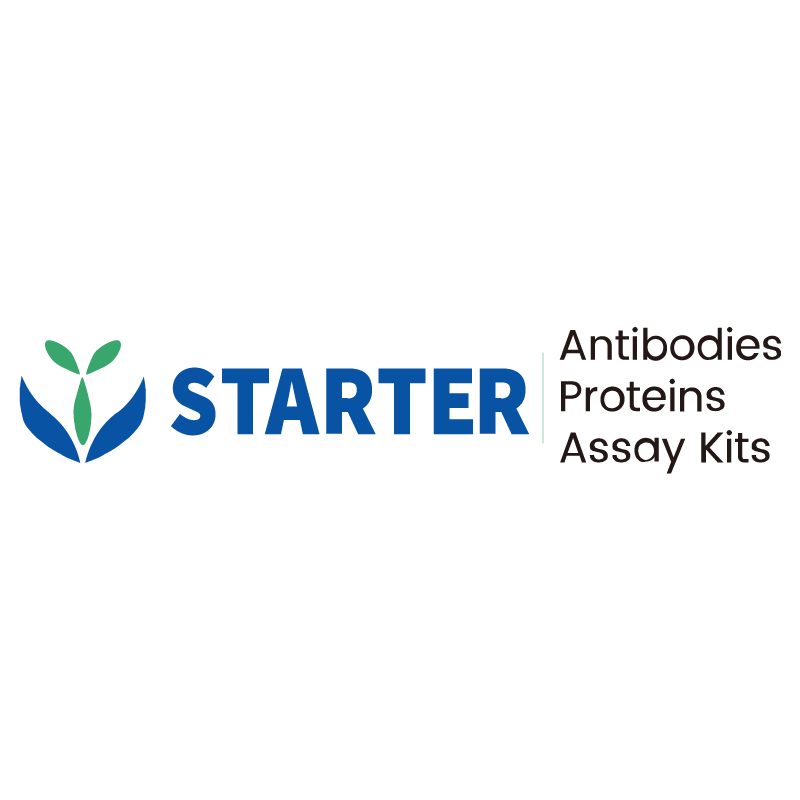2μg(R: reducing conditions)
Product Details
Product Details
Product Specification
| Species | Human |
| Synonyms | Proto-oncogene vav, VAV |
| Accession | P15498 |
| Amino Acid Sequence | Protein sequence (P15498, Lys782-Cys845) KYFGTAKARYDFCARDRSELSLKEGDIIKILNKKGQQGWWRGEIYGRVGWFPANYVEEDYSEYC |
| Expression System | E.coli |
| Molecular Weight | Predicted MW: 7.6 kDa Observed MW: 10 kDa |
| Purity | >95% by SDS-PAGE |
| Endotoxin | <0.1EU/μg |
| Conjugation | Unconjugated |
| Tag | No Tag |
| Physical Appearance | Lyophilized powder |
| Storage Buffer | Lyophilized from a 0.2 μm filtered solution of 0.2M PBS, pH7.4 with 3% trehalose. |
| Reconstitution | Reconstitute no more than 1 mg/mL according to the size in deionized water after rapid centrifugation. |
| Stability & Storage | 12 months from date of receipt, -20 to -70 °C as supplied. |
Background
VAV1 is a crucial signaling protein that belongs to the VAV family of guanine nucleotide exchange factors (GEFs). It plays a pivotal role in hematopoietic cells, where it regulates cytoskeletal dynamics, cell migration, and immune responses by activating Rho-family GTPases such as Rac1 and Cdc42. The protein contains multiple functional domains, including a Dbl homology (DH) domain for GEF activity, a pleckstrin homology (PH) domain, and two Src homology 3 (SH3) domains, with the second SH3 domain (SH3-2) mediating protein-protein interactions. VAV1 is primarily expressed in T cells, B cells, and natural killer (NK) cells, where it participates in T-cell receptor (TCR) and B-cell receptor (BCR) signaling pathways. Dysregulation of VAV1 has been linked to autoimmune diseases and hematological malignancies.
Picture
Picture
SDS-PAGE


